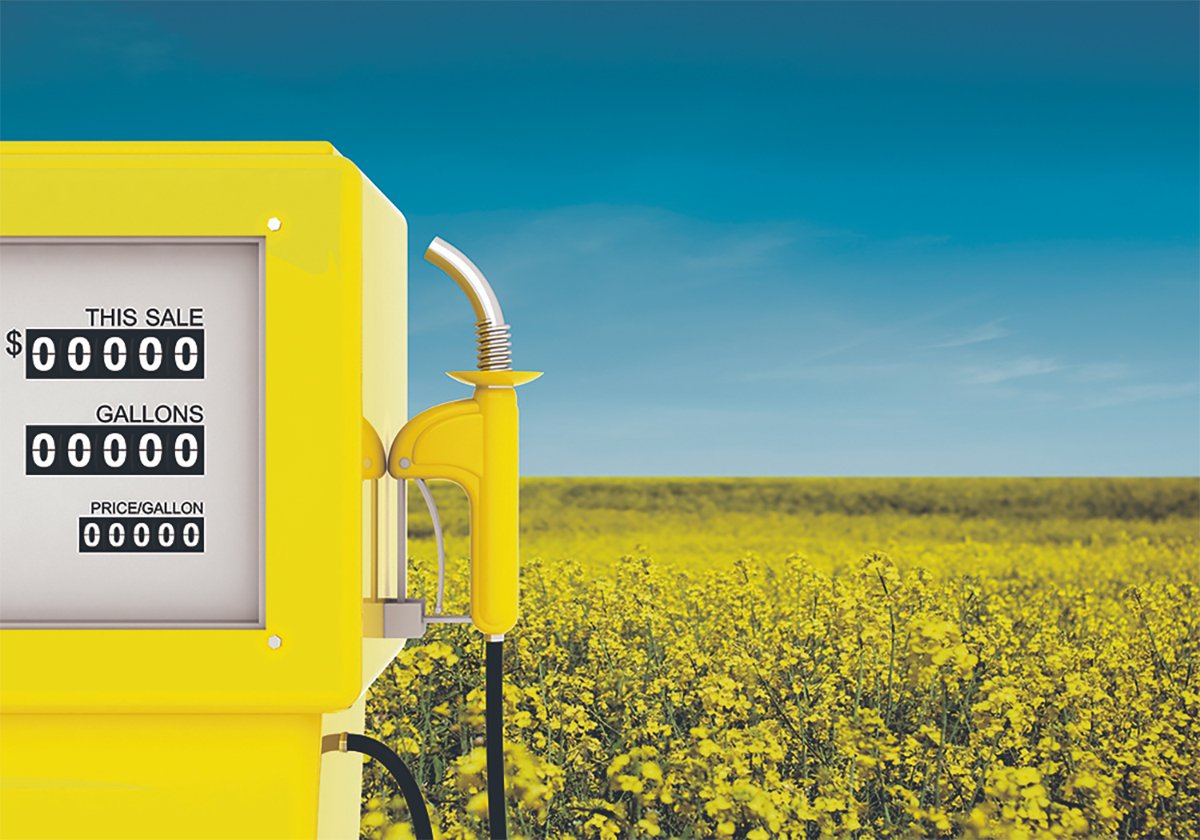This cattle market information is selected from the weekly report from Canfax, a division of the Canadian Cattlemen’s Association. More market information, analysis and statistics are available by becoming a Canfax subscriber by calling 403-275-5110 or at www.canfax.ca.
Fed cattle lower
The weighted average steer price was $167.91 per hundredweight, down $1.02, which is the lowest price this year.
Falling prices are rare this time of year, but the stronger loonie hurt the Canadian market.
Read Also

Biofuel sector happy with federal budget
Advanced Biofuels Canada says new Biofuel Production Incentive is a lifeline until CFR amendments are in place.
U.S. packers showed interest, and buyers wanted to formula price cattle. Negotiated U.S. cash bids were reported with bids working back to about $170 on a live basis f.o.b. the lot.
Fed cattle prices normally rise this time of year, but the seasonal trend has not emerged yet. Hope remains, though.
Export volumes are brisk. Yearling supply is getting cleaned up while fed calf volumes have been slow to go to market.
There are reports of fed contract cattle that were scheduled for delivery for the first half of March being pushed back to the second half of the month.
Increased slaughter rates are needed to spark a spring rally.
Prices on dressed cattle fell US$7 in the northern United States . In the south live prices were down $3-$4.
Deteriorating packer margins, soft wholesale beef demand and uneasiness about cash prices in the short Easter holiday week weighed down Chicago fed cattle futures.
COW PRICE LOWER
The strong Canadian dollar weighed on cows. D1, D2 cows ranged C$95-$112 to average $103.13, down $3.66 and D3s were $82-$103 to average $91.90, $5.50 lower.
Dressed bids fell to $195–$200 per cwt. delivered.
Butcher bull prices fell more than $4 to $126.94. Weekly western Canadian slaughter for the week ending March 19 fell 21 percent to 6,278 head.
Weekly exports to March 12 were steady at 4,871 head. Exports are down 14 percent for the year.
Auction volume has moderated, which should stabilize prices.
Feeders sharply lower
Alberta prices plummeted, with average steer prices falling $8.50 and heifers down $6.
The stronger loonie weighed heavily on prices. Calves and light stocker prices in the U.S. are the highest this year and are comparable with the five-year average.
In Canada, stocker steers lighter than 500 pounds tumbled on limited supplies and varied quality.
Grass type feeders 500 to 700 lb. fell $5.50-$8 per cwt.
Feeders heavier than 800 lb. were generally $3.50-$6.50 lower.
Weekly auction volume fell 31 percent to 25,558 head. The volume this year is down four percent.
Weekly exports to March 12 fell 25 percent to 5,084 head.
Prices for middle weight grass type feeders should stabilize, but buying interest is lacklustre and more calves could be fast tracked into feedlots.
Much of the western prairies are dry and this could influence feeder demand.
Beef falls
U.S. boxed beef prices were sharply lower with Choice at US$226.18, down $8.46, and Select at $218.15, down $4.82.
Increased cattle slaughter in the last couple of weeks and buyer resistance after the sharp price rally have pressured cut-out values.
The U.S. Department of Agriculture reported that total red meat and poultry in cold storage at the end of February was above last year and the five-year average.
Canadian cut-out values for the week ending March 19 were unavailable.














